- Y.SH
- Persian Tasty
- 2249 views
- 0 comments
Fish eggs have a high value, even though people may underestimate them. Caviar is considered one of the world's best and most expensive foods and was associated with Aristotle and Marco Polo.
Some things are so exclusive and luxurious that we can't even comprehend the concept! These are the one-of-a-kind private jets, the yachts, the diamond-studded watches, and the mansions that house the rich and famous of our world.
On some level, we can wrap our heads around spending millions on jewelry, but what about dropping that cash on a food item that disappears after just a few bites?
We all know caviar has a red-carpet reputation, but have you ever wondered why? Natural factors determine a product's value, and caviar checks all the boxes that make something expensive.
Today we're looking at the many reasons caviar is so expensive, with some tips you can use to track down a great value when purchasing caviar. Let's get to it.

What Makes Caviar So Expensive?
The price of specific caviar can generally be broken down into the following 5 cost factors:
- Type of fish (species scarcity/availability)
- The time it takes to produce roe (maturation)
- Harvesting and manufacturing (process)
- Quality of the salted roe (grading)
- Supply & demand (sourcing & popularity)
Generalizations cannot cover all cost components for all roe types from all available sources worldwide. However, after taking a closer look at the above 5 items, we can understand how caviar products get their price tags. In caviar production, costs are strongly influenced by egg rarity and related processing costs. Let's dive into the 5 main expense factors for a closer examination.
Cyrus Crafts; Luxury & Unique Products
Caviar and Sturgeon: Challenges and Opportunities
Seeing that caviar is defined as the salted, unfertilized eggs of the Sturgeon, it makes sense to look at the cost of fish as a factor in determining why its prices fluctuate.
First, the Sturgeon is a high-demand fish with a dwindling population. That factor makes it challenging to ensure a steady supply of healthy female fish to provide quality caviar worldwide.
Then there's the issue of these ancient species' size, sensitivity, and temperament. Sturgeons vary in length and weight, but generally speaking, these are massive fish straight out of the era of dinosaurs. It's not uncommon to see young Sturgeon, the size of a tall man, while the biggest of the bunch can grow up to 20 feet and well over 2,000 pounds.
These fish are affected by their environment. They stick close to their optimal living conditions, whether brackish rivers and channels or calm coastal regions where they enjoy their status toward the top of the food chain.
On top of that, Sturgeon takes a long time to reach sexual maturity, meaning caviar producers need to map out their strategies when farm-raising these fish. Since fishing is no longer sustainable, clever aquaculture techniques are needed to keep things moving.
Eco-friendly farms are built to replicate the natural conditions of the Sturgeon, optimizing variables like temperature, acidity, food, socialization, and sunlight. The more harmoniously a producer works with nature, the better the final product.
With all that said, you get some context for why caviar is priced so high – Sturgeon are not easy fish to manage. Their endangered status adds tremendous pressure to producers aiming for long-term sustainability.
Although most people associate caviar with luxury, some delicacy types, like red caviar, have a lower price than others.
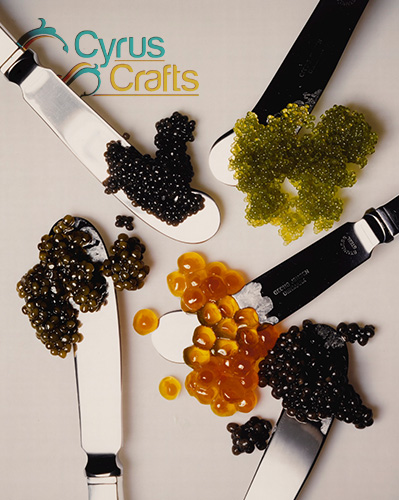
The Waiting That Makes Caviar Expensive
First, you must return to the art of production to understand black pearls' rare and refined nature. The world's best caviar comes from the endangered species of beluga sturgeon. A sturgeon fish is one of the oldest anadromous creatures living in the cold, clear waters of the Caspian Sea. A mammoth and late-maturing fish, the female beluga sturgeon can live for 118 years and does not produce fish eggs until age 18. Farmers committed to sourcing the expensive food of beluga caviar are locked into a waiting game.
A Threat to Caviar and Sturgeons
Historically, beluga caviar has been in high demand; centuries of imports and exports have made the sturgeon fish a threatened species - especially in Iran's Caspian Sea, where it thrives. Iran had to place countrywide controls on the industry after the sturgeon population was reclassified and added to the endangered list in 2010.
In addition to caviar, which is an export product of Iran, this country also exports saffron, pistachios, etc.
Due to the natural cycle of the sturgeon fish, not only was the production of sourcing beluga caviar prolonged, but the restrictions on production and tight control of imports and exports also contributed to the shortage.
Caviar Harvesting and Production
Aside from the challenges of the Sturgeon itself, the best caviar results from manual production. Because stakes are high and margins thin, caviar producers must master the harvest and curing process to minimize wasted time and product.
Retrieving the caviar from the belly of the Sturgeon is the first step in a labor-intensive journey, followed by the sifting, rinsing, and filtering process. These stages must be performed by a highly-skilled expert who can handle the pressure and technique.
Caviar must be incredibly fresh with a firm, uniform structure to earn top dollar on the market. A broken or misshapen egg will result in a penalty, reducing the product's value, so proper harvesting and curing are imperative.
Top-tier caviar is known for its minimal salt content, as the term malossol on pricey jars and tins indicates. The caviar quality (or lack thereof) cannot be hidden behind the salt, so producers must focus on the fundamentals of the product.
The combination of hard work, commitment, long-term planning, and actual skilled labor makes caviar production costly and time-consuming, further explaining the steep prices.
The next time you scoop a pile of caviar onto your mother-of-pearl spoon and layer it onto a saltine or blini, think about how much time, energy, effort, and care went into bringing that new product to your table.
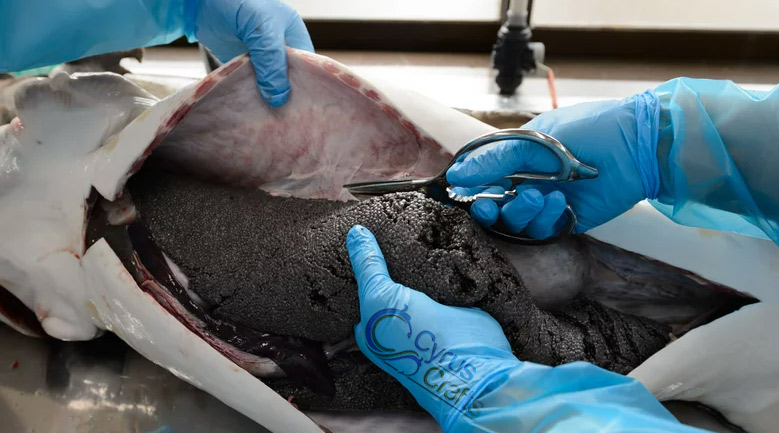
The next time you scoop a pile of caviar onto your mother-of-pearl spoon and layer it onto a saltine or blini, think about how much time, energy, effort, and care went into bringing that new product to your table.
Caviar's Taste, Texture, and Nutrition
A caviar taste reveals different facets of flavor, from the first taste to the lingering finish. Hints of butter, nuts, earthiness, herbs, minerals, and just a touch of salt keep you going.
Also, caviar has an otherworldly texture that no other food can match. Some beads are firm and provide a signature bursting sensation, while others melt together to create a creamy texture.
Each jar of caviar offers something different - even if it comes from the same species and producer. This allows you to expand your palate in new ways.
Caviar has an amazingly healthy profile of macronutrients and micronutrients, despite its lack of nutrition focus when you think about it.
High in protein and healthy fat with zero carbs and loaded with minerals, few natural foods on the planet have this kind of nutrition panel. Caviar might not constitute a full meal, but its potent health benefits affect mood, energy, and libido.
Of course, an exclusivity factor goes into the caviar price. If you're hosting a high-profile event or celebrating a big occasion, caviar will raise the spirits of everyone in the room and make it a night to remember. That alone is often worth the price of admission!
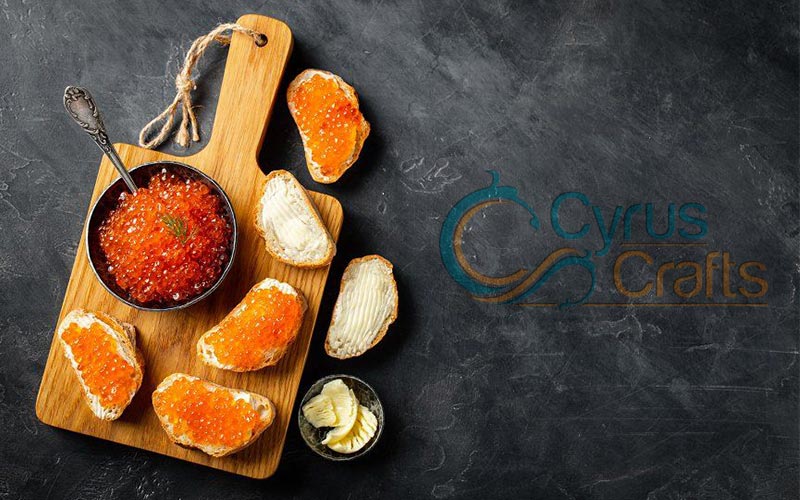
Price of Caviar
The rarity of the fish eggs and the processes and procedures required to guarantee their quality are the main reasons for the price of caviar. However, anyone who has tasted it will tell you that good quality caviar is worth the money!


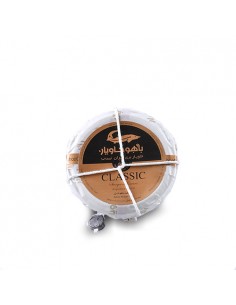

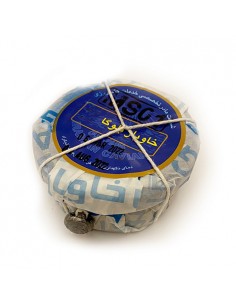

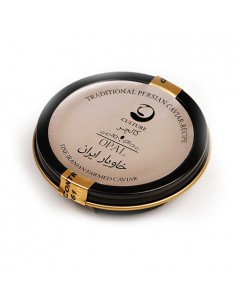

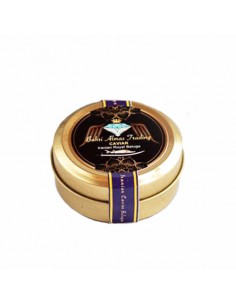

Comments (0)